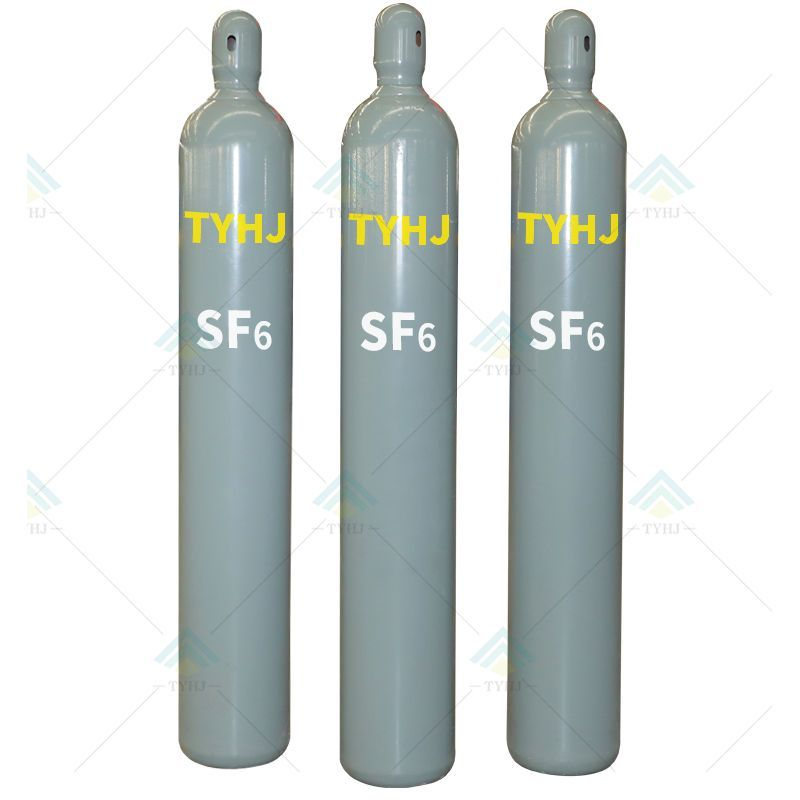What is SF6 Gas?
What is SF6 Gas?
Sulphur hexafluoride – also known as SF6 – is a ‘greenhouse gas’ that has long played a part in global warming, similar to that of carbon dioxide (CO2).
What is SF6 greenhouse gas?
SF6 is a synthetic, odourless gas that’s used in the electricity industry to keep networks running safely and reliably. It’s highly stable, non-toxic, non-flammable and electronegative, which means it will not form other compounds that will alter its state and effectiveness.
SF6 has historically been used in a variety of applications, from metal smelting to filling double-glazing panels, but the electricity industry is one of the few places where it’s still used today; due to the technical challenges in replacing it. And it’s used on such a scale that it’s become a serious contributing factor to global warming.
Why is SF6 harmful to the atmosphere?
SF6 is one of the most potent greenhouse gases we know. Its high atmospheric stability and ability to trap infrared radiation means it’s far more potent at warming the earth’s atmosphere than CO2 over longer periods of time.
In fact, it’s estimated that, over a 100-year period, SF6 is 23,500 times more effective at trapping infrared radiation than CO21, meaning that 1 kg of SF6 has the same impact as 23,500 kg of CO2. Once in the atmosphere, it has an atmospheric lifetime of 3,200 years, which means it can accumulate without degrading for millennia to come.
What is SF6 used for?
Around 80% of the SF6 used globally is in electricity transmission and distribution.2 Medium- and high-voltage electrical equipment contains SF6 to insulate the live electrical parts and to switch the flow of electrical current on and off. This same equipment is also used to connect the generation and storage of renewable energy.
Renewable technology also uses the SF6 gas – for example, switchgear for wind turbines use it to prevent overloads.
In electronics, SF6 is used in semiconductor devices found in computers, smartphones, consoles and batteries for electric vehicles.
Electrical equipment is designed to avoid the release of this gas into the atmosphere, but leaks can occur over its lifecycle. SF6 can also be released during the equipment’s manufacture, installation, maintenance or decommissioning.

评论
发表评论